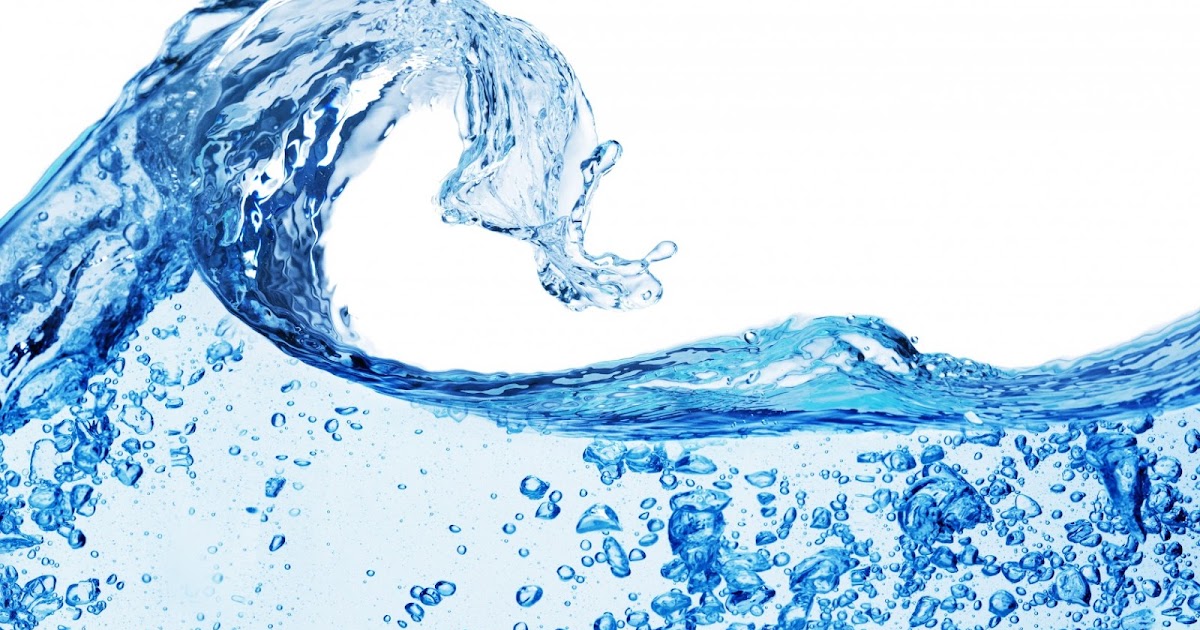It is your VAH (Virtual Authority for Hygiene) water bill is an important document that provides a detailed overview of the amount of water you use and any related charges. Knowing the elements that make up your bill, and using strategies to reduce your consumption of water will result in significant savings as well as environmental advantages. In this complete guide, we’ll explore the complexities of VAH water bills, look at the elements that influence your bills and serve helpful tips for reducing your water bills while also promoting sustainable development, vah water bill
Deciphering Your VAH Water Bill:
It is important to know that your VAH water bill consists of various sections that provide information about the use of water and costs. It typically comprises:
- Basic Charges Fixed fees for maintenance of water infrastructure and other services.
- Consumption Charges Charges are based on the amount of water consumed typically determined as cubic meters (m3) or Gallons.
- Sewer Fees Charges to dispose of wastewater and treatment.
- taxes and surcharges Additional levies and taxes imposed from local authorities and regulatory institutions.
Knowing these elements is crucial to determine areas where you could cut your water usage.
Factors Influencing Your Water Bill:
A variety of factors affect the cost you spend on water each month. This could include:
- Usage Behaviors: The volume of water used in household activities like washing, bathing, and irrigation.
- seasonal variations: Variations in the consumption of water caused by the weather, for example, more frequent use during summer months.
- Water Prices: The pricing structure is set by VAH that may change depending on the location of the service and the service provider.
- Leaks and Wastage Leaks that are not noticed in plumbing fixtures, or inefficient appliances could result in more expensive water bills.
Knowing these aspects could benefit you come up with strategies to control and improve your water consumption definitely.
Tips for Reducing Your VAH Water Bill:
Water-saving strategies could result in significant savings on your VAH’s water bill. Take note of the following suggestions:
- Repair Leaks Quickly: Regularly inspect plumbing fixtures and fix any leaks quickly to prevent water loss.
- Install water-efficient fixtures. Switch to low-flow showerheads, faucets and toilets in order to cut down on consumption of water, without compromising the performance.
- Use Smart Irrigation to practice: Sprinkle water on your garden and lawn in cooler times to reduce the loss of water, and think about installing drip irrigation systems to water your lawn and garden in a specific way.
- Rainwater Collection: Utilize rain barrels to store and collect rainwater to use outdoors for washing cars or watering plants.
- Track Your Consumption Track your water usage with intelligent meters, or monitor apps to determine patterns and areas that could be ripe to improve.
If you follow these guidelines by implementing these practices, you will not only lower your water consumption, but also help with the conservation of water resources within your local community.
Investing in Water-Efficient Appliances:
Upgrades to water-efficient appliances could provide long-term savings as well as environmental advantages. Think about making an investment in:
- Energy Star-rated washing Machines: These appliances require less energy and water than conventional models, which reduces your water consumption and carbon footprint.
- Tankless water heaters Water heaters that are tankless offer hot water on demand, removing standby heat loss that comes to traditional heaters, and cutting down on energy usage.
- Dishwashers that have Soil Sensors: Dishwashers equipped with soil sensors maximize water use by adjusting the length of the cycle and intensity in accordance with the amount of soil on the dish.
Although the initial costs of these appliances could be higher, the possible savings over the course of their life are worth the investment.
Conclusion:
Knowing how much you pay for your VAH cost for your water usage and implementing water-saving strategies are crucial steps to achieving the goal of saving money and ensuring sustainability for the environment. By observing your usage of water as well as fixing leaks and installing water-efficient appliances you can lower your water usage while preserving this valuable resource for the future.
FAQs:
You can look for leaks in water by watching your water meter for any unusual changes when there is no water being used, examining plumbing fixtures for obvious drips or leaks, and conducting a dye test inside toilet tanks to find out if there are leaks.
Every drop is important! If you reduce your use of water you will not only reduce your water bills, but aid in water conservation efforts to warrant a sustainable and long-term sustainable future for the generations to be.
Numerous utility companies provide incentives or rebates when purchasing and installing water-efficient equipment to help to offset the initial expense and encouraging eco-friendly methods among customers.
